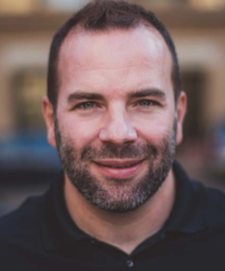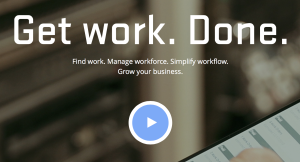Many of us here in Minnesota remember Lief Larson. He was known and respected widely in our startup community. He had a successful exit with  an interactive kiosk company before going whole hog into a software startup. A few years ago, he moved to Seattle after handing over the CEO reins at that VC-backed software company, Workface Inc. I miss him, and I’m sure others do, too. Not only was he a ball of energy, a smart developer and product guy, but a really fun guy, too. And, as a founder, he was the best damn salesperson I’ve ever worked with in Minnesota. He began life in Seattle living on a boat with his wife in the trendy Fremont section. And he’s definitely loving life out there in the Pacific Northwest.
an interactive kiosk company before going whole hog into a software startup. A few years ago, he moved to Seattle after handing over the CEO reins at that VC-backed software company, Workface Inc. I miss him, and I’m sure others do, too. Not only was he a ball of energy, a smart developer and product guy, but a really fun guy, too. And, as a founder, he was the best damn salesperson I’ve ever worked with in Minnesota. He began life in Seattle living on a boat with his wife in the trendy Fremont section. And he’s definitely loving life out there in the Pacific Northwest.
Once he moved, his entrepreneurial endeavors hardly stopped. Soon, he’d launched Engage.co, and not long after a sideline called Sportzy, a leisure sports and activity site. Always one to spot a new opportunity, Lief recently told me he and a colleague launched a new site called Planning to Retire.
“My buddy and I both have parents entering retirement and they keep asking us all these questions, so we decided to build a site to help them,” said Lief. “We’re trying to capture 1,000 members in 30 days.” So, friends, tell all your parents and relatives who are approaching that magical age about this great new site. It’s a really helpful resource for them!
My Background With Lief
A little history: I was lucky enough to do some consulting work for Lief back in his Workface days — including traveling with him twice to big events in California. I really enjoyed the experience and found myself writing about him several times on this blog. Those posts go back more than five years, covering his journey with Workface (which he founded in 2006), his ties to Marissa Mayer (they grew up together in Wisconsin), and how he took on an educational effort for entrepreneurs all by himself here in Minneapolis called “SaaS Camp,” which I attended. Here are all those posts.
In one of them, I told the following story, which still makes me laugh today every time I think of it. Not only is Lief an amazing, hard-working entrepreneur, but the man knows how to have some fun!
Lief and I traveled to Palo Alto a couple years ago for a conference where Lief was pitching to the Silicon Valley VC community, along with a bunch of other hot startups, and sharing the stage with speakers like the founders of Salesforce and SuccessFactors. We stayed in a funky old, ’60s-vintage Travelodge motel — about as low-priced as we could find in Palo Alto. After we checked in to our respective rooms, we both went online to work. First thing I see is an email from Lief with a photo attached of this gorgeous, expansive hotel room, saying, “Wow, I hope your room is as nice as mine.” I never laughed so hard, because I could hardly turn around in my dinky little room, and I knew he couldn’t either… 🙂
I haven’t had an opportunity to get out to Seattle since Lief moved there, but you can bet I’ll be meeting up with him the next time I do. Go, Lief!
(NOTE: This post first appeared on GraemeThickinsOnTech yesterday.)



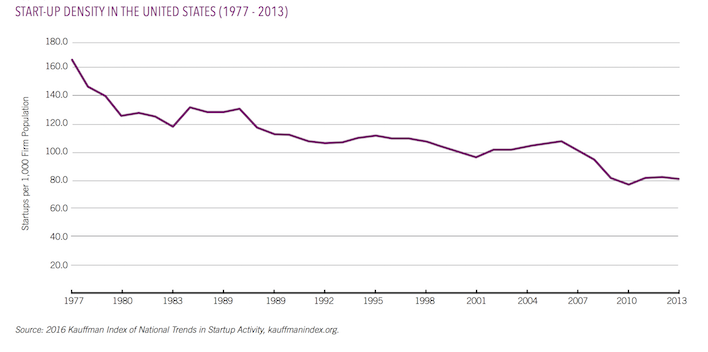
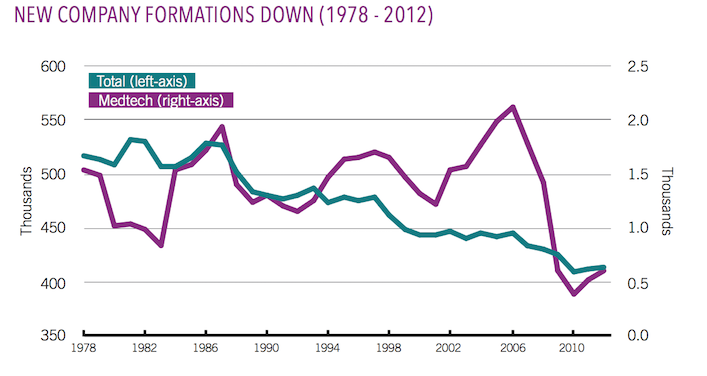
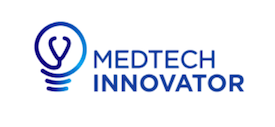

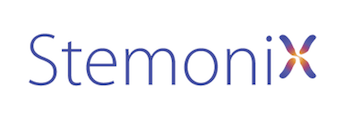


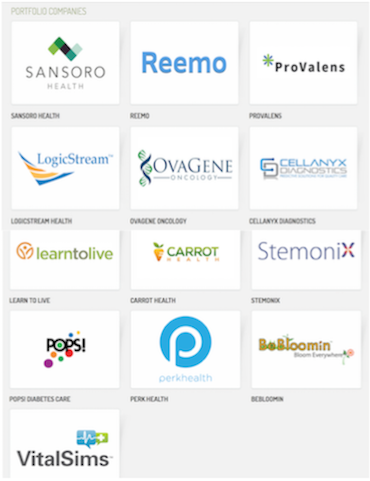
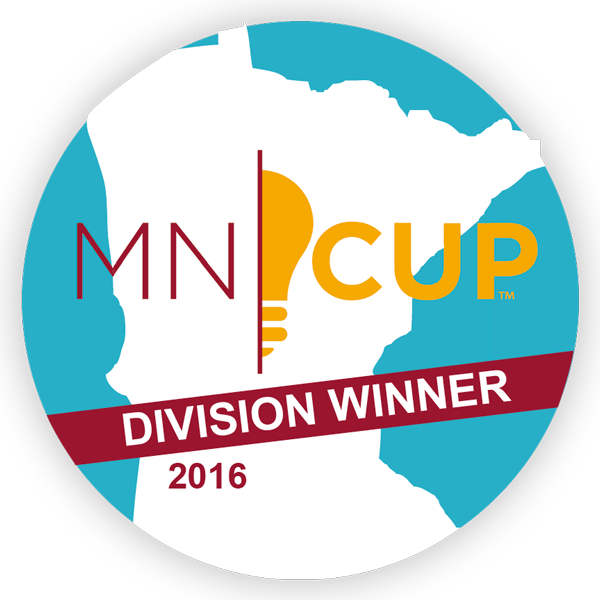 The
The 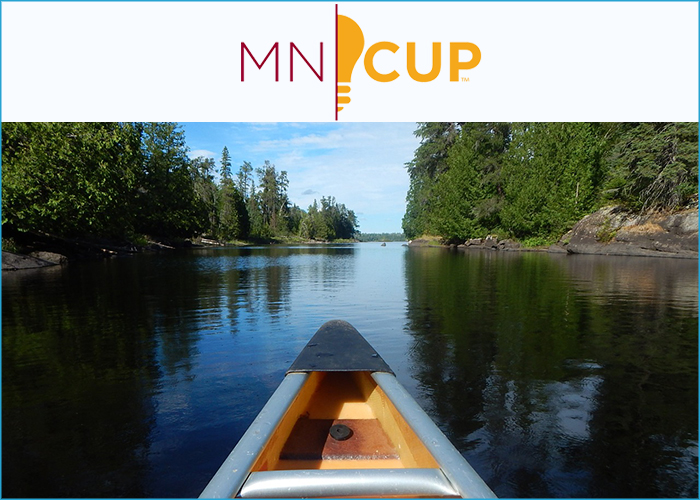 The annual startup competition known as
The annual startup competition known as 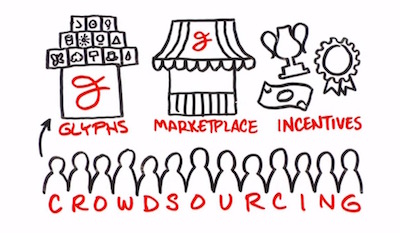
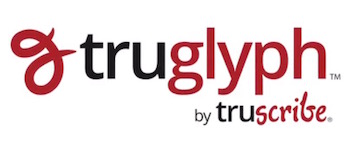




 coder gang of five 11-year-olds. Earlier in the day, we’d taken part in the Rebecca CoderDojo, a two-hour coding class just for girls. This was just a day I organized, not an official school thing. I was attempting to plant some seeds with the girls that not only is coding fun, but so could be starting their own company.”
coder gang of five 11-year-olds. Earlier in the day, we’d taken part in the Rebecca CoderDojo, a two-hour coding class just for girls. This was just a day I organized, not an official school thing. I was attempting to plant some seeds with the girls that not only is coding fun, but so could be starting their own company.” optimize for the app stores. You know them well. We’ve certainly written about the company before. It lately describes itself as “the premiere ad technology choice of top-charting mobile games and apps.” It has an expert team of engineers, data scientists, account managers, and designers, and has been recognized as a leader in effective monetization and user acquisition.
optimize for the app stores. You know them well. We’ve certainly written about the company before. It lately describes itself as “the premiere ad technology choice of top-charting mobile games and apps.” It has an expert team of engineers, data scientists, account managers, and designers, and has been recognized as a leader in effective monetization and user acquisition. It’s the first in a two-part series. Part 1 focuses on Search Ranking optimization. Part 2 will focus on improving Chart Ranking.
It’s the first in a two-part series. Part 1 focuses on Search Ranking optimization. Part 2 will focus on improving Chart Ranking.